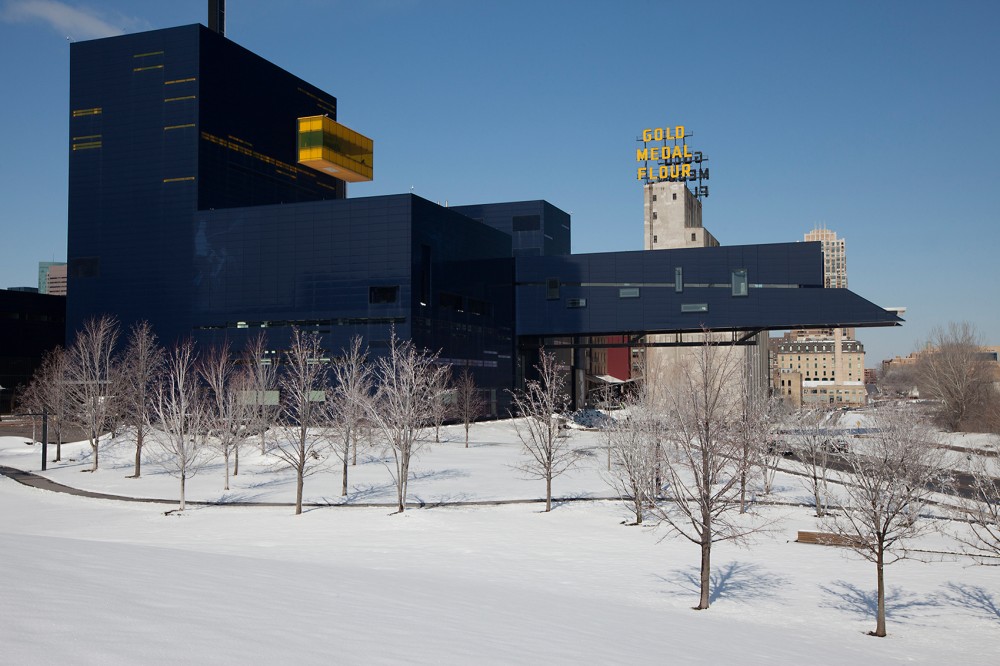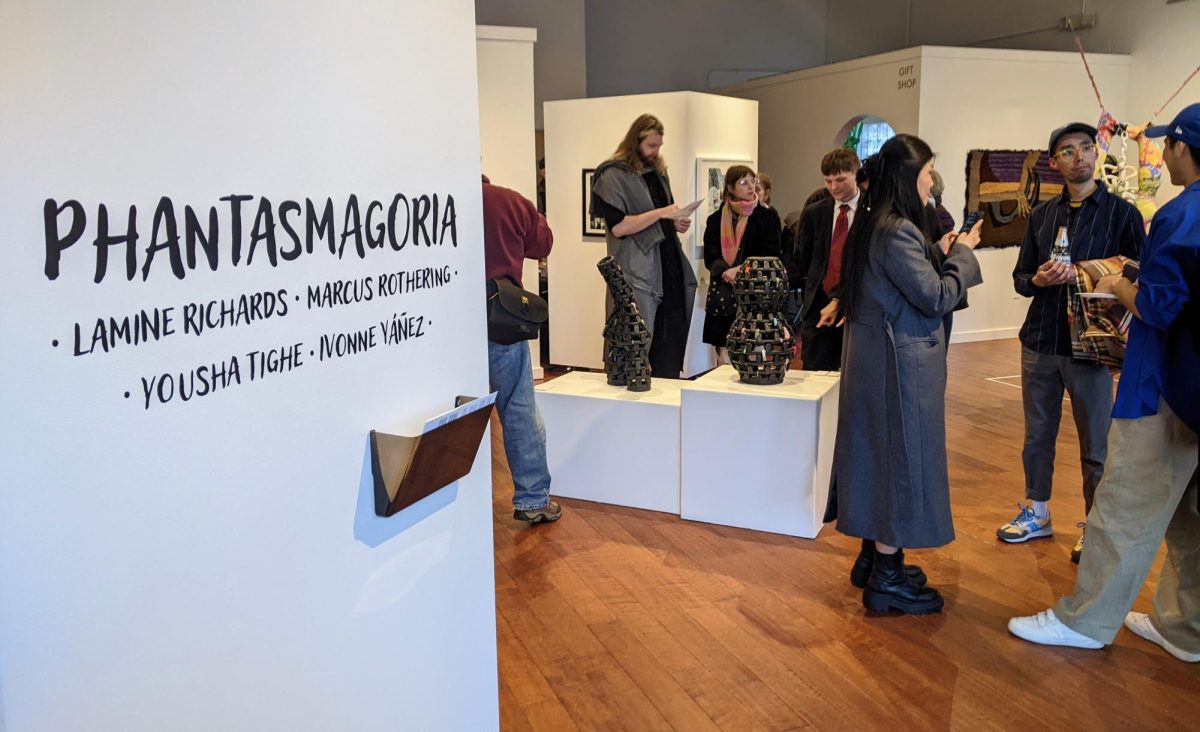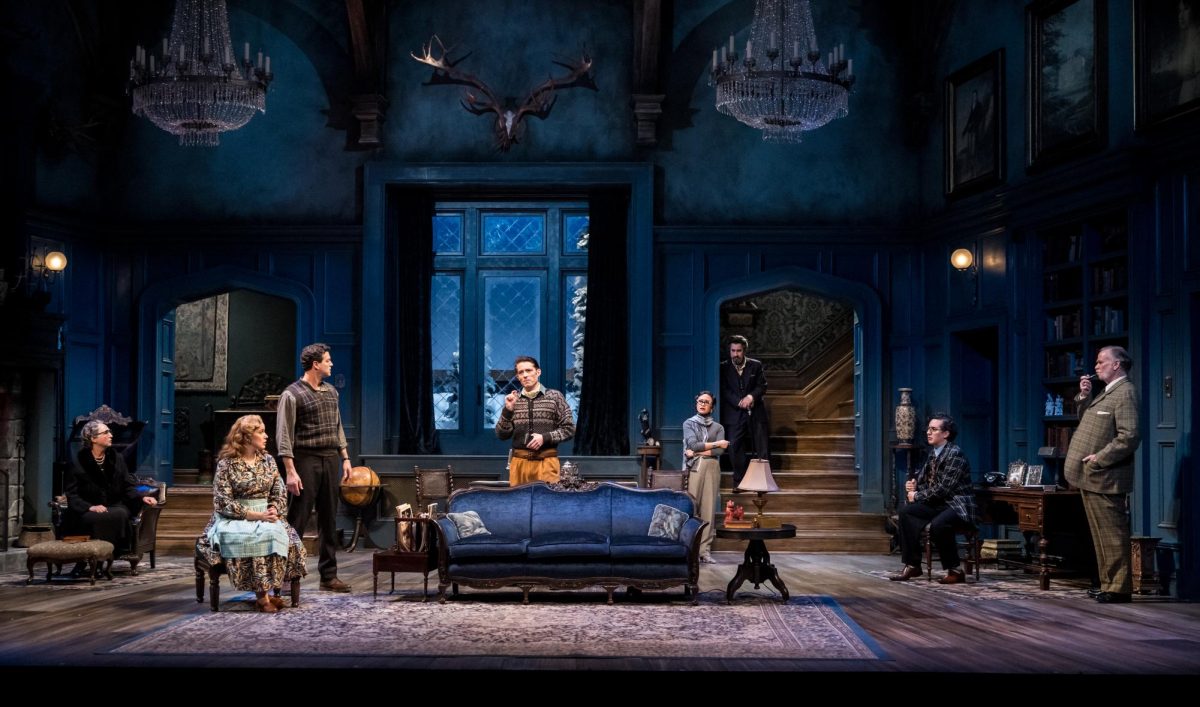Four artists, four subjects, angles and styles — each one trying to let the audience see the world through his or her eyes. For four Minneapolis-based photographers, the city is more than skylines and the Mississippi River. It is their canvas, and their cameras allow them to capture the city in new ways.
“I think the art of photography is about that,” photographer Mike Evangelist said. “Capturing what I see so somebody else can see it as well, with their own interpretation.”
Evangelist grew up in New Brighton and worked in downtown Minneapolis during his late teens. There he discovered a new visual world, and his interest in photography grew.
“When I first started this journey, everything was new to me. Street people were new to me; girls in short skirts were new to me,” Evangelist said. “So I photographed them because they were fascinating to me, and I was drawn to it.”
Evangelist took photos and found inspiration in everyday life. He captured the streets, the people and the culture of the city.
The photos Evangelist took as a teen are now displayed in a gallery at the Mill City Museum, as well as in his book, “Downtown: Minneapolis in the 1970s.”
“It’s a weird serendipity that those photos I took back then are interesting to other people,” Evangelist said. “I wasn’t shooting thinking about a collection of Minneapolis.”
After college, Evangelist pursued a career in advertising. Photography was always a part of his life. Now that his career is winding down, shooting is his main focus once again.
Now, his photography is more personal, and he spends less time in the city.
“Most of what I shoot is just for me to capture what I experience, what I live and like,” Evangelist said. “My camera is my constant companion, where I scrapbook my own experiences.”
Unlike Evangelist, Greg Benz’s photography passion started later in life.
Fifteen years ago, Benz was doing marketing work in London. He was shooting with a digital camera casually when a friend encouraged him to take his hobby to a more professional level.
“I was documenting everything, and I just got really into it,” Benz said.
Benz started shooting cityscapes and awe-inspiring views from around the world. Since then, Benz has worked to combine his two passions: travel and photography.
“I think part of what I show with my work is that anywhere you go, people aren’t that different,” Benz said. “When you understand how similar we are across the world, you can realize how similar you are to the people around you.”
Although he has traveled to more than 75 cities, Benz’s main inspiration and love is Minneapolis.
Benz’s photos highlight the city’s architecture and the Mississippi River.
“Part of my photography is my desire to share the Twin Cities,” Benz said. “Even though it’s an amazing place, it’s super underrated.”
For photographer Lisa Bond, the Mississippi River has always been a source of inspiration.
“The No. 1 thing in Minneapolis is the Mississippi River. I’ve been to cities where they don’t have water,” Bond said. “But water is critical for having beautiful cityscapes.”
Bond grew up in a small town in southern Minnesota. She came to Minneapolis to go to college and vowed never to leave the city.
When she started having kids, Bond decided to be a stay-at-home mom and pursued professional photography.
Bond started with landscape photography but found it was difficult to do during the day. It was then that she started shooting outside the suburbs and looked to the city for inspiration.
“With landscape photography, you’re really looking at sunrise and sunset times,” Bond said. “I was looking for photography I could do in the middle of the day and give me
something to do. That’s how I settled on architecture.”
Bond found that the transition from landscape to cityscape was easier than it would seem.
“They interplay nicely together because most architecture has some kind of landscape in it. The two go well together,” Bond said.
Bond looks for different angles to portray the city.
“The bridges, that’s my favorite place to photograph Minneapolis from,” Bond said.
Instead of finding inspiration from the architecture of the city, Sarah Whiting finds it in the people.
Whiting moved to Minneapolis 10 years ago and found a community of artists that inspires her work.
“For me as an outsider coming into northeast Minneapolis, there were all these old warehouses and factories, and you had no idea what was inside,” Whiting said. “Once you’re in them, every nook and cranny is an artist pushing really hard to make work.”
Whiting began shooting photos of the artists she found and told their stories through her work.
“I was curious if there was some sort of strange universal truth that I could stumble upon for a formula for success for artists,” Whiting said. “I found very little overlap.”
Whiting works as an adjunct teacher at the Art Institutes International Minnesota in Minneapolis, where she continues to grow as an artist.
“People are coming to this point and becoming artists in this community for so many different reasons, and they have so many voices,” Whiting said.








